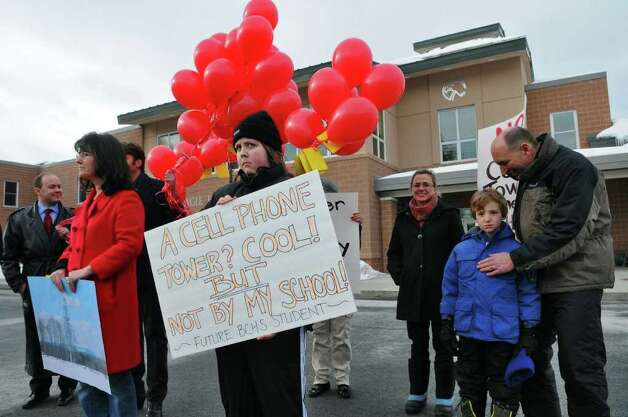Some good case studies posted by the Small Cell Forum about Rural & Remote small cells. The first one is from Softbank, Japan as follows:
The second is a presentation by Parallel Wireless
as follows:
A blog looking at Small Cells and 2G, 3G, 4G, 5G & Wi-Fi Infrastructure



According to Akiyoshi Ishiwata, a principal research analyst at Gartner in Tokyo covering Japan's mobile networks, 'each of the operators are actively installing small cells and picocells in buildings, subways and indoor areas'. These miniature basestations improve indoor coverage, and improve a network's resilience by using more diverse power supplies and backhaul connections. Ishiwata said operators are considering using femtocells as the basis of a national machine-to-machine communications network that could also include earthquake sensors.
Vodafone prepares to launch emergency ‘network in a backpack’ in Nepal - 11kg mobile network which can be set up in just 10 minutes— Rory Cellan-Jones (@BBCRoryCJ) April 29, 2015 Vodafone Group said Monday its philanthropic division has created a mobile network in a backpack that can be deployed in 10 minutes, enabling aid workers to carry out their work in disaster zones.
The Instant Network Mini, which can be taken as hand luggage on commercial flights, can provide up to five concurrent calls within a radius of about 330 feet and enable text messages to be sent to thousands of people.
The 24-pound backpack is an innovation that follows on from the company’s original Instant Network—a portable network in a larger form that can be transported in four suitcases weighing 220 pounds. It offers a much wider operating radius of up to 3 miles.
Two original Instant Network kits were used in the Philippines during Typhoon Haiyan in November 2013, enabling 1.4 million text messages and 443,288 calls in 29 days, Vodafone says.
The backpack, developed by Vodafone’s Spanish business, as well as Chinese telecommunications giant Huawei Technologies and nongovernment organization Télécoms Sans Frontières, provides a secure 2G GSM network, with a GSM base transceiver station connecting to a host network over a satellite connection.
A 2G (short for second-generation) network can support voice calls and text messages but can’t easily handle Web surfing or video, unlike the 3G and 4G networks in wide consumer use.In African countries, having a network allows people to use services like M-Pesa, for instant money transfers to friends and family. Vodafone has also donated £100,000 to support relief efforts following Nepal earthquake that killed more than 3,300 people.